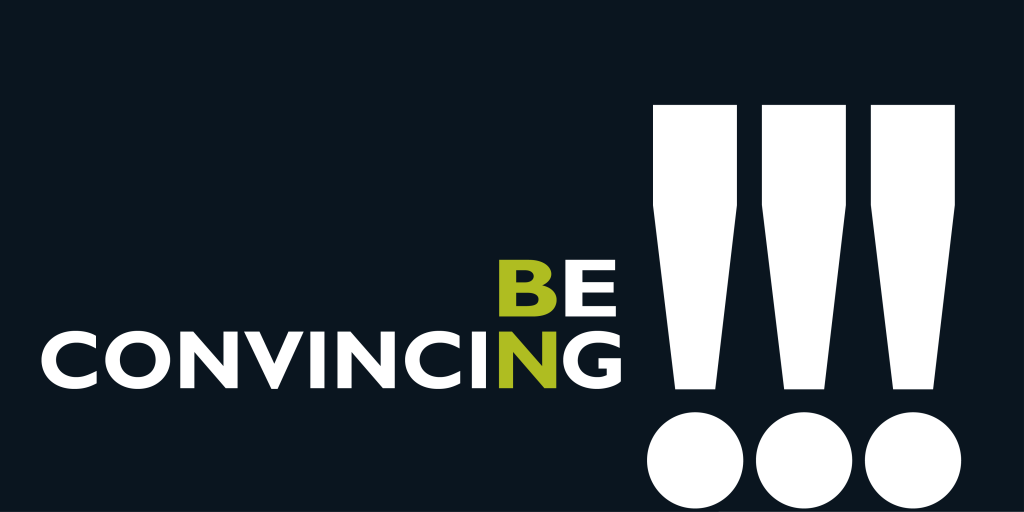|
When was the last time you really sat down and thought about your customer’s journey? Marketing professors love to talk about the customer journey, but I think most business owners and marketing directors forget. (It’s always a good idea to remind yourself of what your customers are going through.) Your customer’s journey map is a simple idea: an illustration of the actions your customers take and the experiences they have while engaging with your company. The more touchpoints you have along the way the more complicated — but necessary — a customer journey map becomes. Whether it’s a product, an online experience, a retail store or a service, the concept of a Customer Journey is presented in a nice, logical manner… straight down the funnel like this:
That picture of your customer’s journey not wrong, but it’s seldom that simple. While the steps along the way follow those broad categories, there are many different types of customer journeys. If you study the journey your customers are really on, chances are it’s not a bee line straight from awareness to desire to action/checkout, much less retention. It might be more helpful to think of it this way… a slow float down a meandering river, complete with eddies, waterfalls, oxbows and dams. There are many different paths, none of which are straight. Down the river they go!
If you look at your various customer segments you’ll probably find that each one has a slightly different customer journey. A different river to follow. A different flow. Some are paddling hard in a kayak, racing to the finish line. Others are just floating along with their feet in the water, enjoying whatever they encounter around the next bend. Still others are constantly paddling upstream, and never get anywhere. Many people who get to the “Purchase” point in the journey will stop in their tracks and head back upstream to the “Awareness” phase. On second thought, they want to see what other options are available. There are plenty of people who purchase once, but never continue the ride to retention. And few customers ever get to the “advocacy” stage where they’re helping you spread word-of-mouth everywhere they go.
I like the framework that’s laid out in an HBR article in July 2022… “Drawing on five years of research into customer experiences across a wide range of product categories, we have created a framework to help managers design compelling journeys that keep customers returning many times over. We call it the customer journey matrix. It includes four types of customer journeys”:
Routine purchases are short little paddles down a straight stretch of river. We’re talking impulse items that require no effort. No contemplation. No decision making at all. I would consider my golf ball purchase absolutely routine. I don’t believe that any premium, “Tour” ball is going to help my game, so I opt for soft feel and value instead. That criteria narrows it down from over 80 choices to just a handful, and I fall back on my favorite brand almost every time. I know, it’s not really a logical purchase decision, but few are. Other more analytical golfers will stand in the golf ball aisle for 20 minutes trying to figure out the specs for the golf ball that best matches their particular swing, clubhead speed and course conditions. For them, it’s far from a routine purchase and they might walk out with a different ball every time.
Joyrides are amusing journeys that allow people to escape the tedium of everyday life. Effortless, unpredictable, and lots of fun, “joyride” can apply to all sorts of product and service categories, from a guided river rafting operation to Bonta gelato where each bite and each flavor is a joyride. By the way, the goal of many specialty food brands is to to go from novelty treat item (joyride) to a must-have impulse item (routine.)
A customer journey that qualifies as a Trek requires work, focus, and goal setting. It’s not all fun and games, so it requires considerable customer hand-holding to get them to their ultimate destination. The customer journey in the weight loss industry definitely qualifies as a trek. Same with golf instruction… People might be expecting a joyride, but it quickly turns into hard work, with multiple driving range sessions, drills, learning and lifelong skill building. When it’s done poorly the customer journey in golf instruction goes completely off course and devolves into a whirlpool of experimentation and heart break.
Routines are the most ordinary type of customer journey while odysseys are the most extraordinary. Odysseys are quite common in the recreation industry. One of the keys here is experiential variation, which involves offering a diverse mix of customer thrills and challenges. The experience is different every time. Ski areas, theme parks and golf courses fit into the Odyssey category for most people. No two days are the same. Need help drawing a clear picture of your customer’s journey? Don’t have your various market segments clearly defined? Want to revisit your brand strategy in light of new competition and shifting markets? Give me a call.
|




